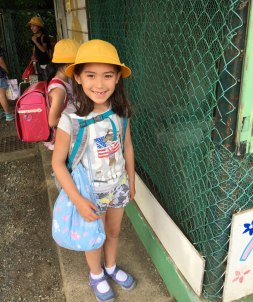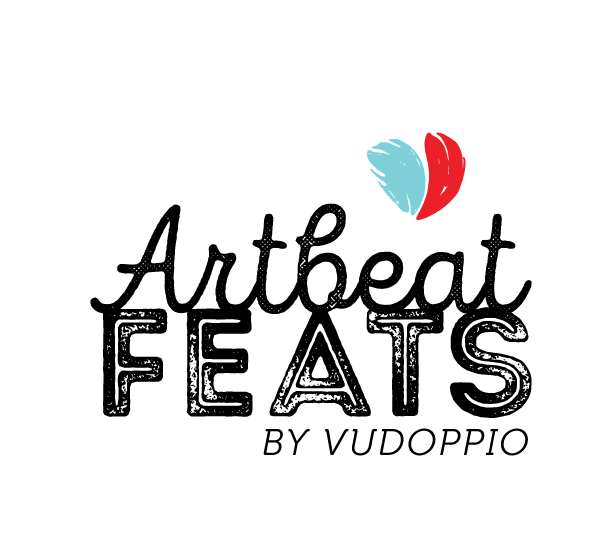7 Creative Habits that Get Your Flow On
Needing an outlet? Or an invigorating activity to get you off your screen? Perhaps what you’re craving is sensory input to feel more alive. Here are some creative practices you can sink your teeth into.
Creativity doesn’t have to feel like a painful birth. Julia Cameron in The Artist’s Way speaks of a time when she had to ply alcohol (her harness of productivity) to get herself to output her work as a screenwriter. She then came up with a practice, alcohol-free that inspired millions of others to find their inner artist.
When you make the time to figure out what inspires you and makes you feel more alive, you can find your unique contribution to the world.
Toward this end, here are 7 creative habits backed by personal experience and more bottomless information and research.
Meditating with binaural beats for creativity and relaxation. Ambient sounds like running water mask tones that in theory sync the two halves of your brain. This is done by having each ear listen to two different sound frequencies which are then experienced as the average of the two. Otherwise known as brain entrainment, binaural beats is a form of sound therapy that’s like a tuning fork that resets you back to a relaxed, tuned in state by stimulating a relaxation response. You can become tuned into yourself, even feeling euphoric. When I did this for two weeks, I experienced feeling more tuned into others as well.

You have different brainwaves states when you are in different modes of activity or inactivity. Your brain uses alpha waves when relaxed, beta waves when active and employed, and theta for creativity or problem solving. Delta is the brainwave of deep sleep. These can be induced incrementally with a stepping up practice.
2. Subconscious problem solving: Sleep on it
If your creative solution is on hold and you need to get to it ASAP, try sleeping on it. As the argument goes, that deadlines, such as the one I have for this blogpost, sharpens your problem solving skills. As Plato stated, Necessity is the mother of invention. I would agree, so here’s another creative approach: sleep on it. Think about the one problem you would like to solve and upon waking up and imagine the best outcome, letting go of the details. Tell yourself that you will come up with the best solution upon waking up.
Then, upon waking up , while you’re in a still sleepy state think on the problem, letting the mind ponder on the issue at hand. Whatever surfaces, it’s good to take notes since you will probably forget later on. This can also work while you’re stuck in traffic or taking a shower or napping, if your workday allows.

3. Journaling – Or morning pages, as Cameron coined it. Start the discipline of filling in 3 pages of your blank journal with your thoughts. Totally free associate. You can weave in the problem you’re trying to solve or you can answer writing prompts.
I confess, I do a morning ritual of journaling with a reading with tarot or Zen Osho cards. A little mysticism or magic in our everyday lives adds spice and I love the artwork and symbolism I see in the cards. Sometimes, the randomness of a magic 8-ball provides an encounter with yourself and your current state. Or even if it doesn’t make any sense, you’ve incorporated some game of chance, something new for the day to think about.
Getting Happy with It
You sprinkle some more optimism in your journal with a writing prompt called best possible self, according to psychologists. Imagining the best case scenario in all facets of your life: family life, finances, work, social, etc. can give you a lift. Which leads us to the next creative practice:
4. Third Eye Feats: Creative visualization
Seeing yourself in ideal circumstances in your mind’s eye, visualization employs your imagination for future purposes. It’s an inherently creative act. Backed by public heavyweights such as Muhammad Ali and Arnold Schwarznegger, visualization can become your best tool for realizing your best possible self (BPS) in the future. Imagine it employing all of your senses. You can do it all in your third eye or write it all down. Guided meditation may help you get into the mode. Affirmations and vision boards are ways of imprinting your BPS in your mind’s eye. These same methods can be applied to a specific problem you need to solve.
Visual tools (explained further below): Invigorate your ideas by letting your mind travel. Try mind mapping for inspiration or assemble a mood board or vision board to assist your visualization, whether it’s your next project or your future.

5. Take or teach a creative class. Try a cooking, dance or improvisational class or teach a skill you know. Learning choreography is like entering new territory with it’s own vocabulary. Improvisation is about saying yes to anything that comes in as a possibility. Brainstorming works in a similar way. Both harness the power of collective imagination and dialogue, bouncing ideas off of one another. There are no dumb ideas and the objective is to think outside the box. This also provides a new way to interact with people in a more creative way. When problem solving something involves helping another person, altruism kicks in and you feel more of a sense of purpose, a mission. Critiquing others in a positive and constructive way enables you to engage creatively with others in troubleshooting their work.

school in Atsugi, Japan for a month.
6. Travel
Traveling abroad and engaging with the local culture is closely associated with neuroplasticity and creative output. Professor Adam Galinsky of Columbia Business School terms it “multi-cultural engagement, immersion, and adaptation.” Upon studying fashion houses, those directors who had worked in other countries had more consistently creative lines.
With the spread of the corona virus, we will have to table this option. However, if you do live in a multi-cultural environment, take advantage of this. There are pockets of different cultures to explore in town (once we’re able to resume our lives). Even ethnic festivals are rich with culture and an opportunity to find some aspect of the culture to engage in. Hip hop, capoeira, and tae kwon do give you the benefit of exercise and creative engagement in another cultural practice. Better yet, combine these types of activities with language immersion if possible to think in another way.
7. Make something
With all of the articles associating creativity with children, I asked my 9 year old for the final tip, or in other words, her divergent thoughts. She said, “make something: write a story, make up a dance.” To this I’ll add some sensory exercises I picked up from teaching and learning in an art school for 12 years:
- Kinesthetic: Freewriting in your journal or a doodle journal – try different pens, a brush, or even implements like chopsticks in ink.

- If you like to draw, try blind contour drawing. Get something simple like a chalk or pencil and use the length of your arm on oversized paper to follow the silhouette of whatever object or subject you would like to draw from life. But don’t look at your paper and don’t judge the result when you complete the silhouette full circle. Gradually, try contour with some viewing of your paper.
- Tactile: Try collaging and cutting and pasting the old fashioned way. Get a bunch of magazines, leaf through and find any image you like for any reason and cut it out. Create a diorama or story based on these trimmings as you assemble it on your page.
- Go to recess: Give yourself a mini vacation – it could be 2 hours to indulge your inner child with a treat that’s feels like your favorite field trip. Or taking smaller breaks throughout your day by doing a hands on but more recreational problem solving like a puzzle, or an old fashioned cut and paste collage, or making an origami
- Third Eye: Creative visualization – just needing to use your imagination in thinking about the best case scenario can get you optimistic. You can create a collage or a vision board to help you get excited and inspired by it everyday. Or do a mood board for something you’d like to design to get an idea a color or text scheme.
- Try a mind map – to flesh out your initial inspiration with associative ideas that could add to your mood board or generate a fuller concept and help you think divergently
- Brainstorming what you want to create – it can be anything from combining your favorite ingredients to make the ultimate gourmet meal, composing a flower garden, or what to put in your vision board.
- Listen to music but better yet, free dancing to it, exploring the space around you
Learn a creative medium to express yourself! Build community of affinities around it so you have company along your journey and a frame of reference or reality of practicing it that others follow.
Which practice or combination of practices do you follow to find your creative flow? Share with us!





